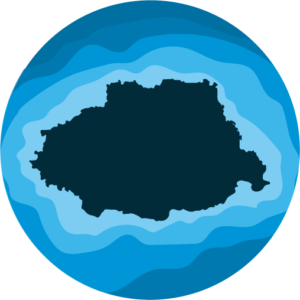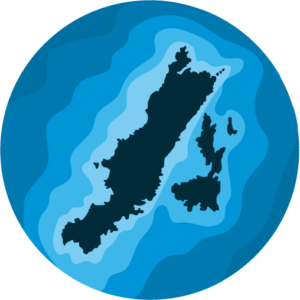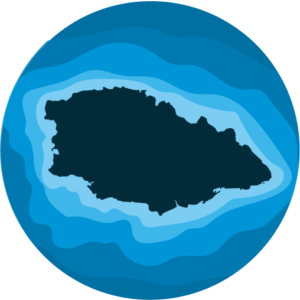Italy
Ustica

The island of Ustica is in the Tyrrhenian Sea about 67 km north-west of Palermo and 95 km north-west of Alicudi. It occupies an area of about 8.65 km² with a circumference of 12 km. The island’s distinctive natural feature is the presence of numerous caves that open along the high and steep coastline, as well as numerous rocks and shoals all around the island. Water resources are scarce on the island.
Geologically, Ustica is akin to the Aeolian Islands and of volcanic origin; there are, in fact, hill reliefs that represent the vestiges of ancient volcanoes (Punta Maggiore, 244 m; Guardia dei Turchi, 238 m) and divide the island into two slopes.
Ustica is said by many to be the capital of activities related to the exploration of the abyss.
Numerous relics have been discovered and recovered in its seas, and Italy’s first underwater itinerary has been created in the wonderful setting of the Marine Reserve near Torre dello Spalmatore.
Greece
Alonissos

Alonissos is the third of the Northern Sporades islands, together with Skiathos and Skopelos, located in the Greek archipelago of the Aegean Sea.
Due to the National Marine Park of Northern Sporades, the largest Marine Protected Area in Europe and famous for the presence of the monk seal, the island is very sensitive to environmental issues. Alonissos was the first island in the area to adopt a plastic-free policy and is now trying to adopt environmentally friendly sustainable tourism models. Moreover, numerous awareness-raising campaigns and citizen science missions on marine pollution take place in the island.
There are 6 main islands in the Marine Park area: Alonissos, Peristera, Skantzoura, Gioura, Kyra Panagia and Piperi along with 22 rocky islets.
Malta
Gozo

Gozo is the second largest island in the Maltese archipelago, which also includes Comino. It can be reached from Malta with a 25-minute ferry trip. Compared to Malta, Gozo is more rural and is famous for its beautiful and picturesque landscapes, formed primarily of limestone deposits and characterized by hills, farms and open fields, with baroque churches towering from the small villages. The coastline features numerous bays and inlets, both sandy and rocky.
Gozo may have been the first of the Maltese islands to be discovered. It has a history dating back 7000 years and it has been inhabited since the Bronze Age. Gozo is also said to have been the home of the mythological Calypso from Homer’s Odyssey.
